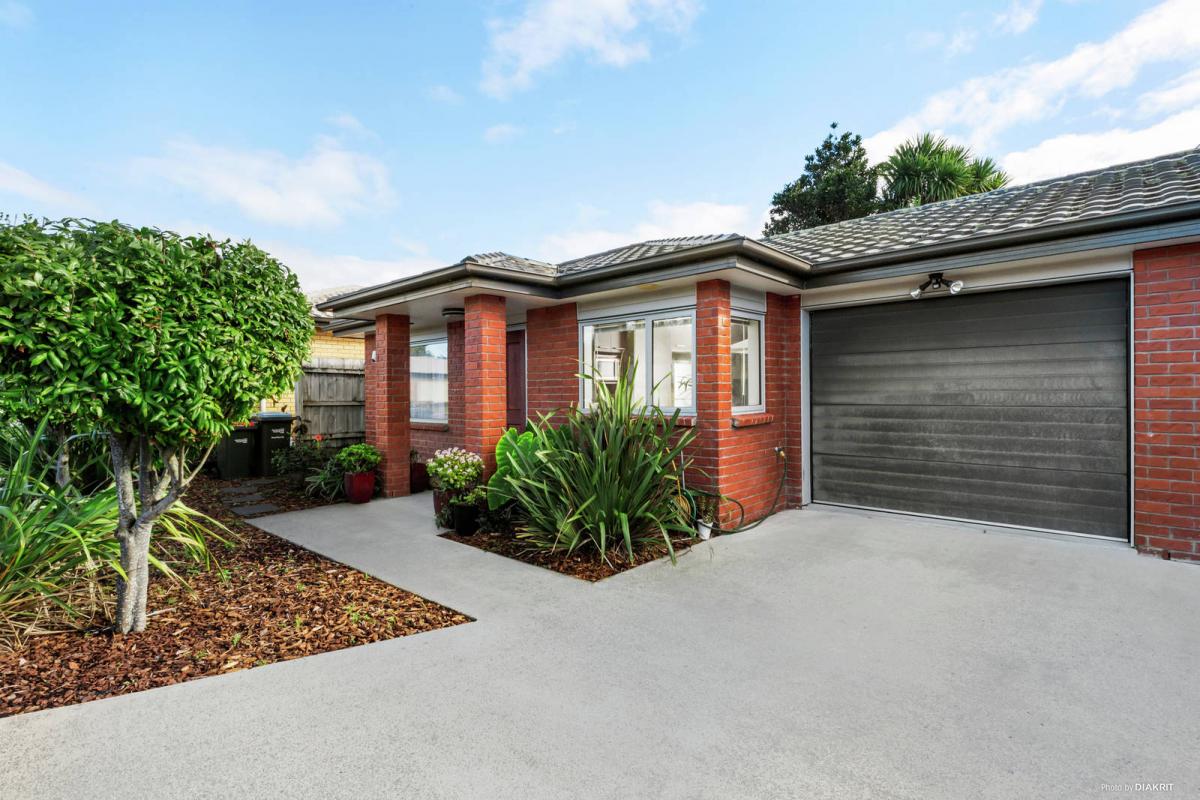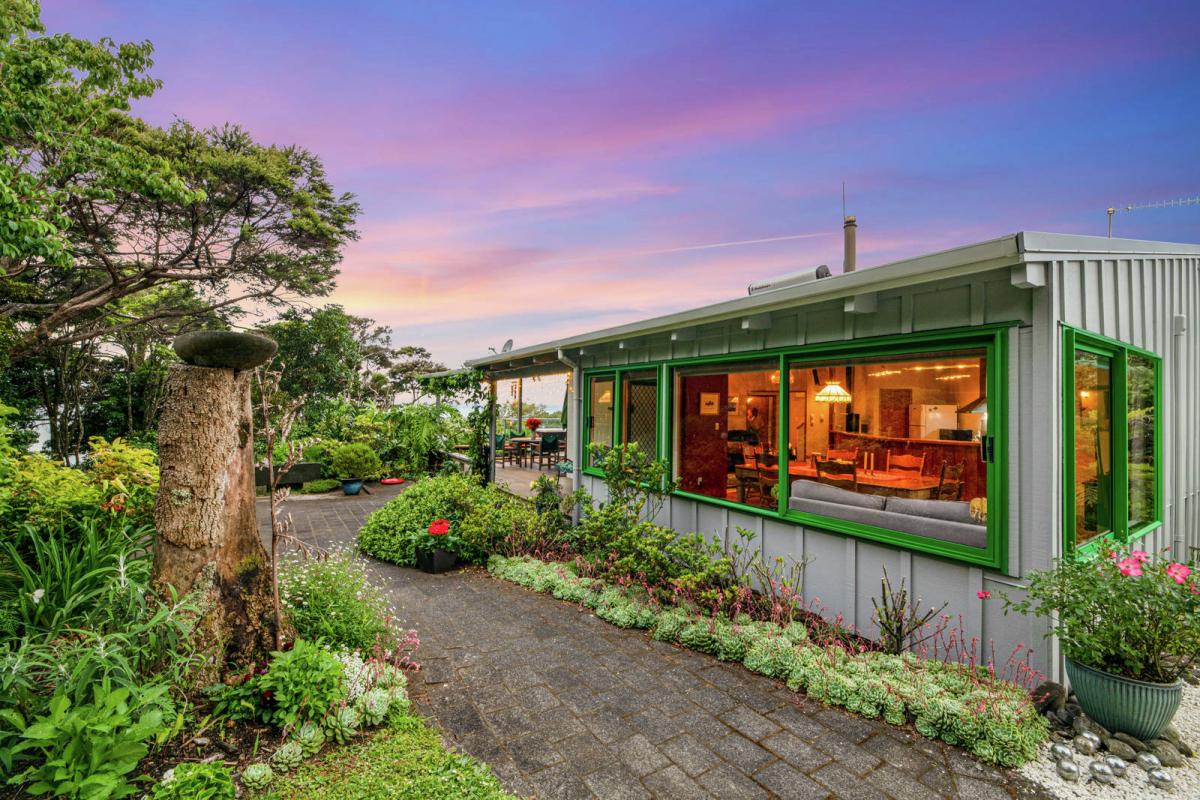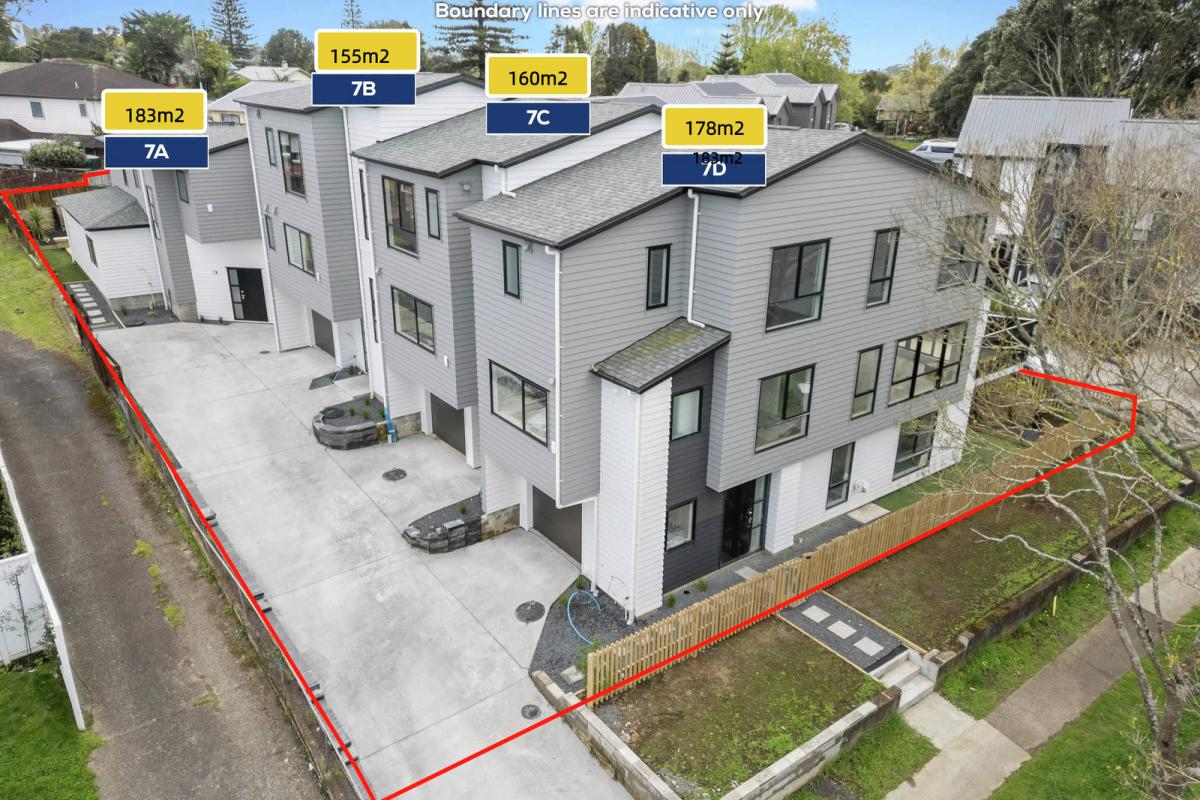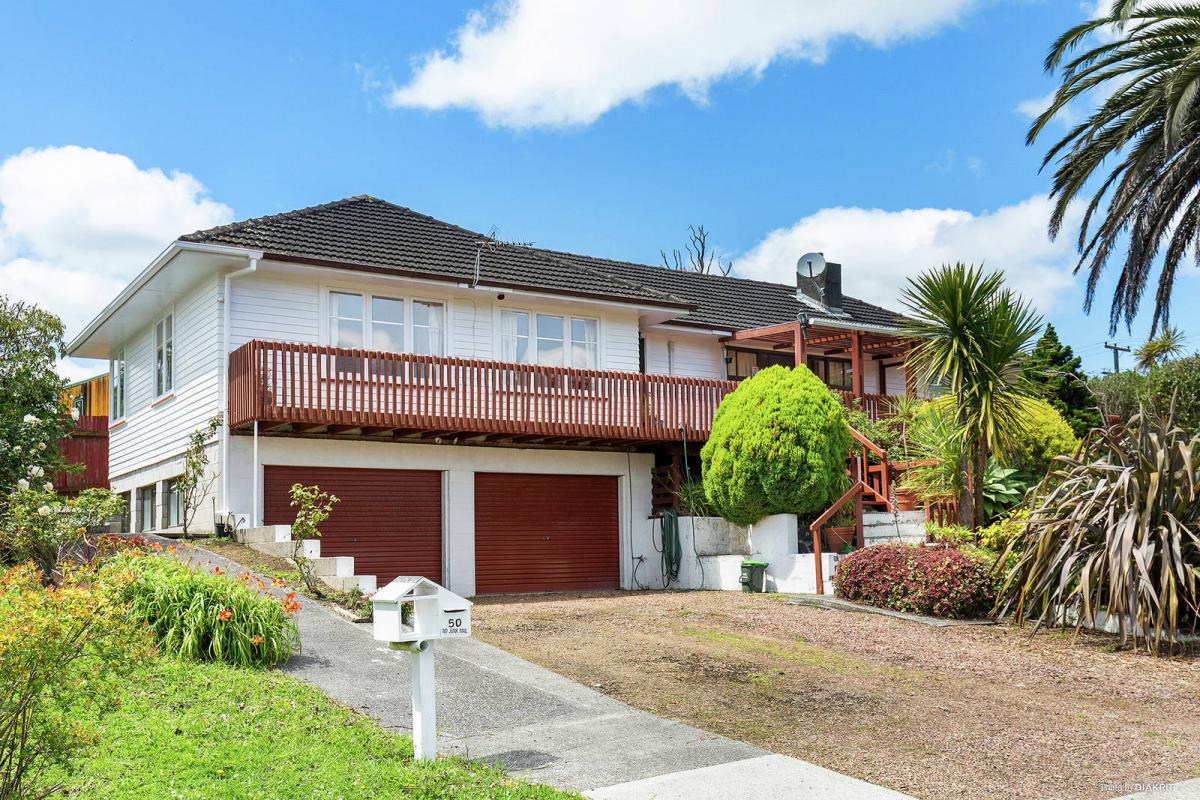Troubling trends emerging at debt-laden Auckland Council
It's been a rough ride for Auckland. As we regroup as a city in 2022, it is time to act responsibly.
Yet Auckland Council will continue to swell into a bloated, cash-sucking, employee-thickened, debt-laden beast.
Under the Goff administration, the rates grab has accelerated at pace. Auckland Council is now harvesting more than $5.3 billion a year from Aucklanders. This is not demonstrating kindness post-lockdown.
This intake increase has been achieved through a combination of general rate increases of over 16 per cent per annum in some suburbs, significantly increased council fees, fuel tax, and the introduction of an extensive number of targeted rates.
These include: Water Quality Targeted Rate, Natural Environment Targeted Rate, Accommodation Providers Targeted Rate, Rodney Local Board Transport Targeted Rate and now a proposed Climate Action Targeted Rate. Then add the planned introduction of a rubbish collection Targeted Rate for central and north Auckland.
My concern is that, while all ratepayers are targeted to pay these taxes, only a few directly benefit from the projects the money delivers.
Auckland Council is sitting on $16 billion of total liabilities, including council's borrowings along with its interest rate hedging, which is an increase in debt of $5 billion under Goff.
Using debt to pay for infrastructure is reasonable - future generations helping to pay for the assets they will benefit from is fair. The problem is, this council is unable to get the books trending back towards the black.
Furthermore, despite all the spending, Auckland still has gridlock; unaffordable housing; empty "ghost buses"; and most roads no better than they were pre-amalgamation.
Auckland has been adversely led into a perpetual state of deficit - debt levels are now $29,611 upon every Auckland household.
=========================================
There are now more than 12,000 staff at Auckland Council. Since the Super City was created, the payroll bill has more than doubled and is running just shy of $1 billion a year. One in every four staff members earns more than $100,000 per annum. Middle management overkill. Scandalous.
=========================================
Auckland Council's own surveys show council's decision-making ability is not trusted by 80 per cent of Aucklanders. Not a healthy, customer-focused, lean organisation.
A scythe needs to be taken to peel council back to core business. It has taken on too many projects and agendas that are actually the domain of central Government - from climate change, business development, to promoting various social agendas.
The payroll bill requires an immediate 20 per cent reduction. This would be a $190 million reduction in costs, which is the equivalent of saving 12 per cent in future rate increases.
Such a cost-cutting exercise must simultaneously not harm the customer's interactions with council but instead greatly enhance them by driving for customer service excellence - including the removal of red tape, greater public transparency over spending, and an unswerving commitment for delivering core council services.
Mayor Goff is proposing a 6 per cent overall average rates increase for this year. This has to be openly challenged as a broken promise. Last year, he guaranteed Aucklanders' rates would not increase by more than 3.5 per cent, following last year's "one-off 5 per cent emergency" rates increase.
The 6 per cent total rates increase is comprised of both a 3.5 per cent average general rates increase, plus an additional climate change tax which will add another 2.5 per cent average rates increase on to our bills. The proposed rate will be paying for business-as-usual council projects such as electric buses, electric ferries, cycleways, and tree-planting which are already planned for.
As I constantly debate at Town Hall, Aucklanders already pay general rates and a regional fuel tax to deliver these types of projects. The council needs to stop "double-dipping" into ratepayer's pockets. After the traumatic year we've just had, it's simply wrong.
Plus there is already a council budget of $152 million for tackling climate change. Surely this money would be better directed into flood prevention measures in suburbs such as Kumeu and Howick; the building of seawalls; or proactive council planning to alleviate storm-water runoff from all the new housing?
Let's call this new climate tax what it really is - a disguised rates hike designed to fill Auckland Council's financial hole after Covid.
Council must cut operational spending and reprioritise within existing budgets.
I urge you to question your local councillor; the Mayor; share this article; start conversations; and ask questions. This is our city, our economic future and our rates.
To lead our city out of these hard times will require its leadership to demonstrate better financial acumen, and a more caring one.
===========================================
www.nzherald.co.nz...
===========================================
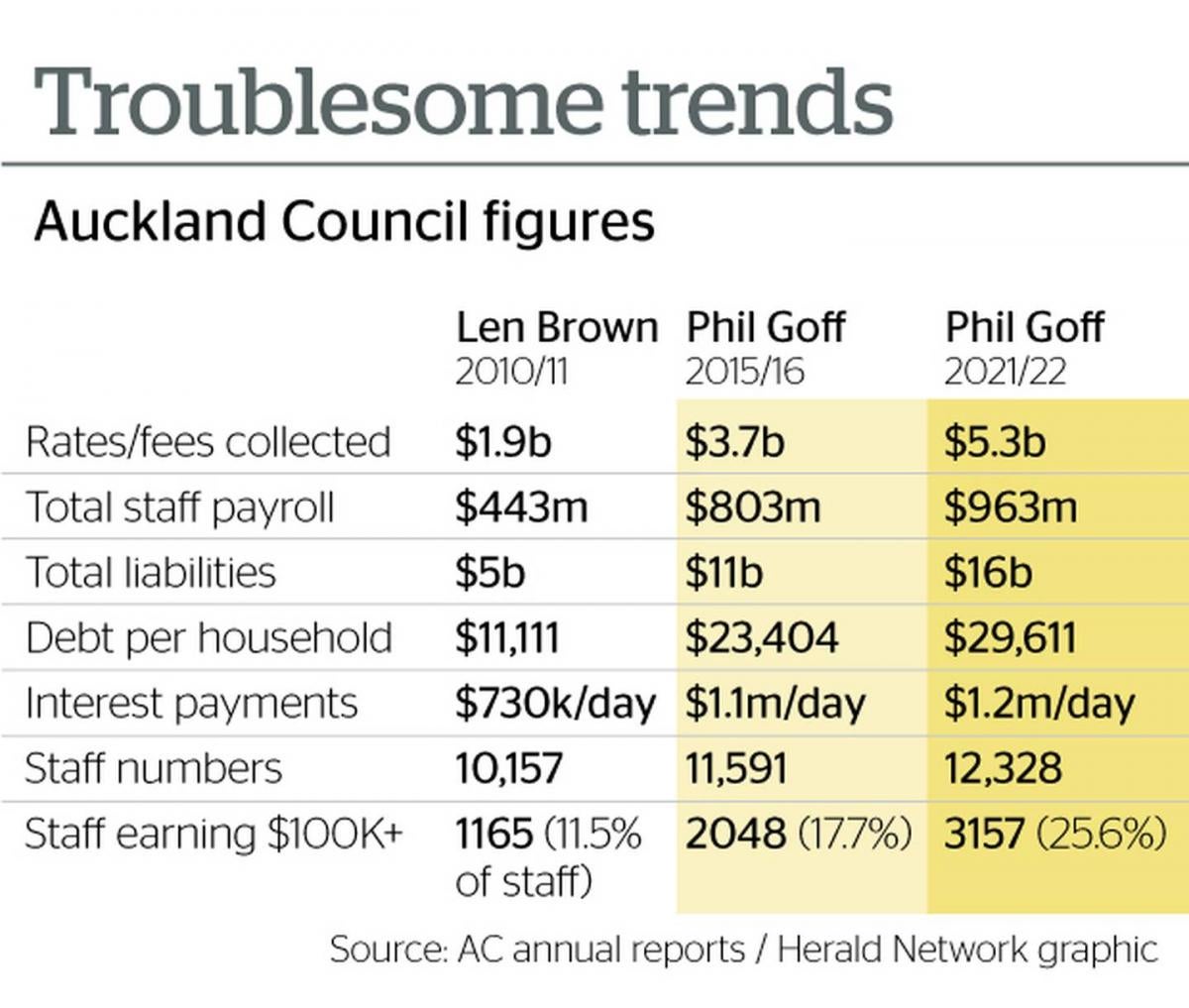
Live Q&A: Garden maintenance with Crewcut
This Wednesday, we are having another Neighbourly Q&A session. This time with John Bracewell from Crewcut.
John Bracewell, former Black Caps coach turned Franchisee Development Manager and currently the face of Crewcut’s #Movember campaign, knows a thing or two about keeping the grass looking sharp—whether it’s on a cricket pitch or in your backyard!
As a seasoned Crewcut franchisee, John is excited to answer your lawn and gardening questions. After years of perfecting the greens on the field, he's ready to share tips on how to knock your garden out of the park. Let's just say he’s as passionate about lush lawns as he is about a good game of cricket!
John is happy to answer questions about lawn mowing, tree/hedge trimming, tidying your garden, ride on mowing, you name it! He'll be online on Wednesday, 27th of November to answer them all.
Share your question below now ⬇️

Tips on Choosing the Right Mattress Size for Quality Sleep Every Night
When it comes to getting a good night's sleep, the right mattress size plays a crucial role.
You might have heard myths about beds and frames and which size suits you.
Today, we're here to demystify these myths and provide a size-by-size comparison to help you find the perfect fit for your needs.
Finding the Perfect Fit
Selecting the right mattress size is akin to finding the perfect fit in a world of options.
Much like trying on clothes or shoes, your mattress size should cater to your individual needs and preferences.
Let's explore some key factors to consider when finding the perfect fit for your mattress:
1. Personal Preferences.
Consider your sleeping habits and personal space preferences.
Do you like to sprawl out or curl up?
Are you a solo sleeper, or do you share the bed with a partner, kids, or pets?
Understanding your personal preferences is essential in determining the ideal mattress size.
2. Bedroom Size.
Take the dimensions of your bedroom into account when choosing a mattress size.
A spacious bedroom can accommodate larger mattress sizes, whereas smaller bedrooms may require more compact options to ensure ample space for movement and furniture placement.
3. Sleeping Partners.
If you share the bed with a partner, consider their sleeping habits and space requirements.
A larger mattress size, such as a queen or king, provides ample space for both individuals to move comfortably without disturbing each other's sleep.
What Size Should You Get?
Let's break it down size by size:
Single Mattress (91cm x 188cm). Ideal for kids' rooms, guest rooms, or small bedrooms. A single mattress is also a good option for individuals who prefer sleeping alone and value space conservation.
Double Mattress (137cm x 188cm). Also known as a full-size mattress, this option offers more room to stretch out than a single mattress. It's suitable for couples who like to snuggle or for individuals who appreciate extra space.
Queen Mattress (153cm x 203cm). The queen mattress is one of the most popular choices for couples. It provides ample space for two people to sleep comfortably without feeling cramped. It's also a great option for individuals who enjoy sprawling out.
King Mattress (167cm x 203cm). The king mattress offers the most space out of all the standard sizes. It's perfect for couples who want plenty of room to move around or for families who like to co-sleep with young children or pets.
Choosing the Perfect Mattress Size for Your Sleep Needs
Mattress sizes can vary around the world, which can sometimes lead to confusion. In New Zealand, we follow standard sizes such as single, double, queen, and king.
However, it's essential to consider your personal preferences and the dimensions of your bedroom and furniture when choosing a mattress size.
Selecting the right mattress size is crucial for a good night's sleep.
By understanding the differences between single, double, queen, and king mattresses, you can make an informed decision that meets your needs and preferences.
At Beds4U, we're committed to helping you find the perfect mattress size.

Poll: Should all neighbours have to contribute to improvements?
An Auckland court has ruled a woman doesn’t have to contribute towards the cost of fixing a driveway she shares with 10 neighbours.
When thinking about fences, driveways or tree felling, for example, do you think all neighbours should have to pay if the improvements directly benefit them?

-
82.3% Yes
-
15.1% No
-
2.6% Other - I'll share below
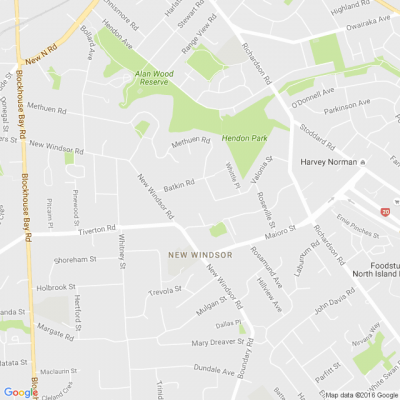

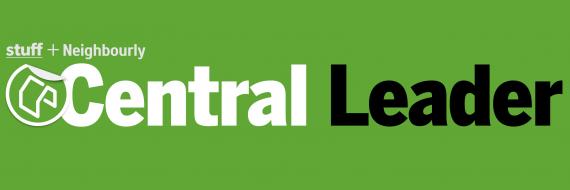




 Loading…
Loading…




